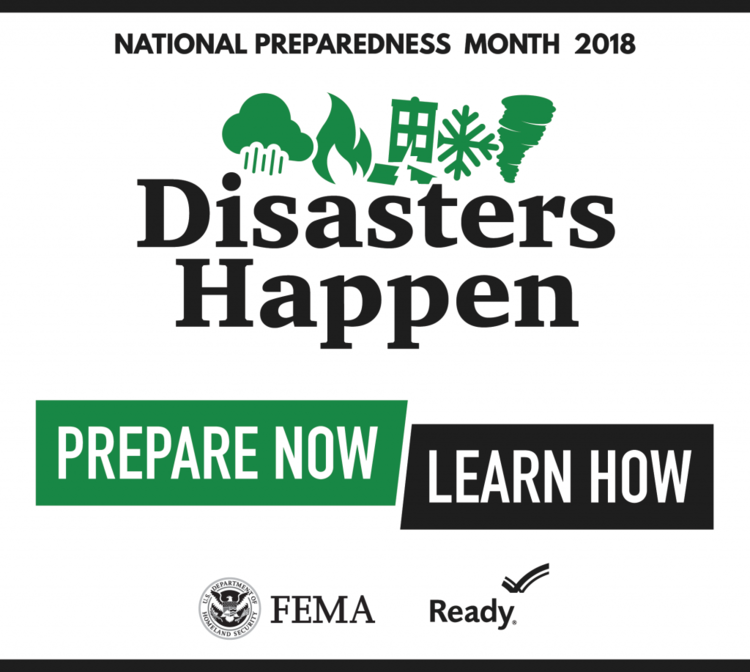
Beware! It’s peak hurricane season and this is not a time for complacency. We may see fewer hurricanes this year, but scientists conclude that hurricanes are getting wetter and slower.
- Find a wealth of information on the FEMA Ready website.
- You should have an emergency plan covering four basic areas: How will I receive emergency alerts and warnings? What is my shelter plan? What is my evacuation route? What is my family/household communication plan? Check out the New York City Emergency Management pocket guides outlining the very basic steps all New Yorkers should take to prepare for an emergency available in English, Spanish, Chinese, Russian, Arabic, Bengali, French, Haitian Creole, Italian, Korean, Polish, Urdu, Yiddish
- Know your zone. New York City refined its Evacuation Zones after Sandy. Take a look at the NYC Hurricane Zone Finder and for Nassau, Suffolk and Westchester.
- Get notified. Sign up for emergency alerts from NYC, Nassau, Suffolk and/or Westchester(temporarily unavailable).
- Stock up. As we know from Texas and Florida, storms bring power outages and limited mobility. Build or restock your emergency preparedness kit. Include food and water sufficient for at least three days, medications, a flashlight, batteries, cash, and first aid supplies.
- Halacha. The Jewish holiday season continues, so think about how severe weather can affect synagogue services and religious observances. Remember, wind conditions in the metropolitan areas in 2015 led emergency planners to advise those with Sukkahs (Sukkot) to dismantle or secure them (See our post Sukkahs in the Wind and an excellent teshuvah on severe weather considerations here).

